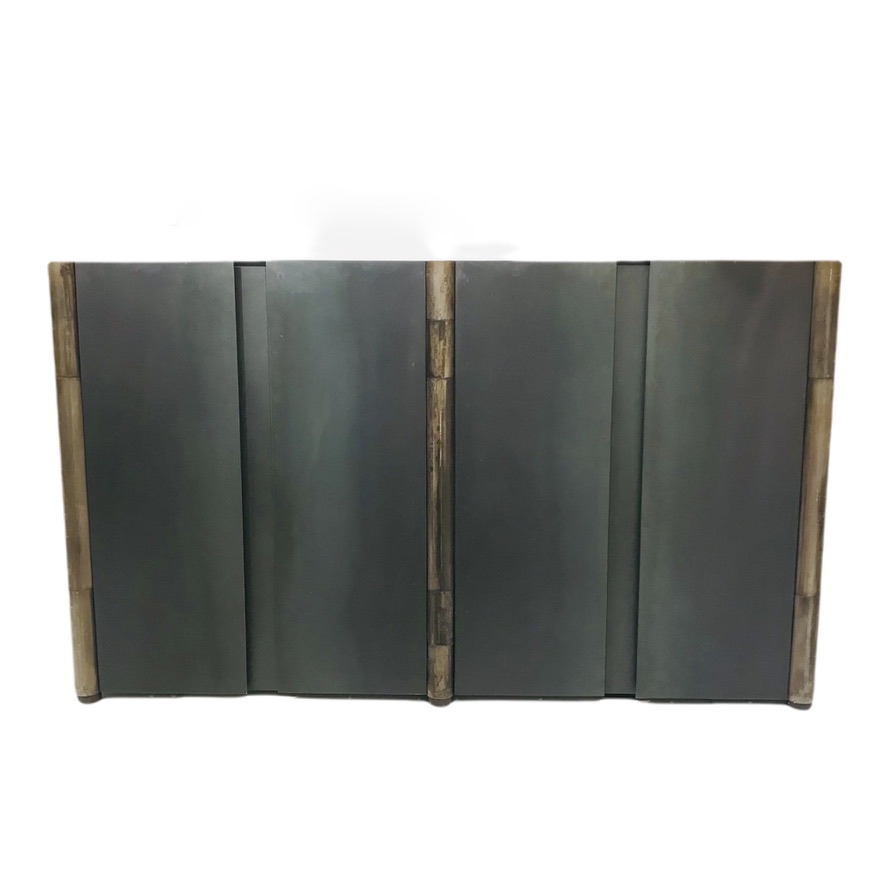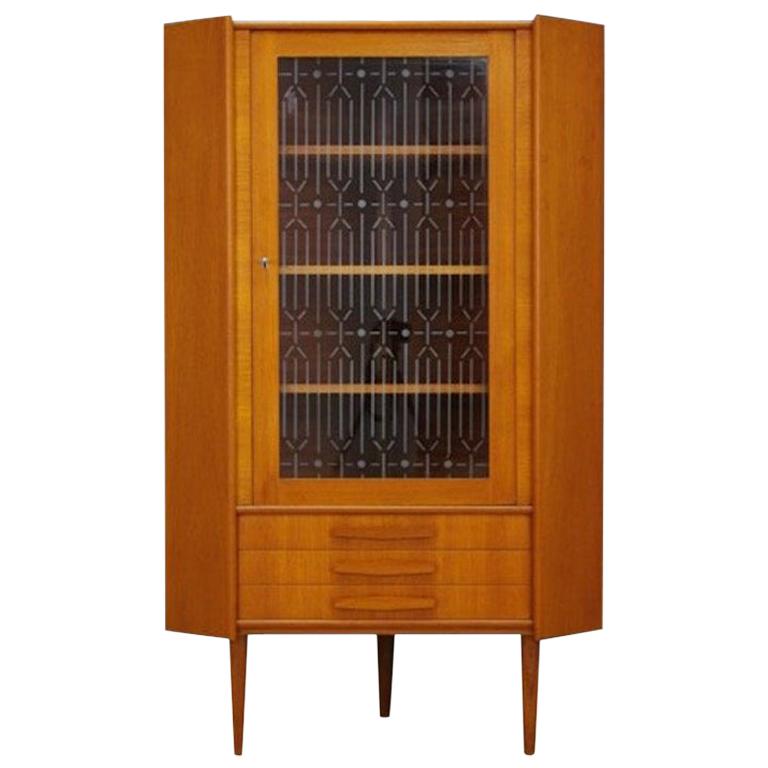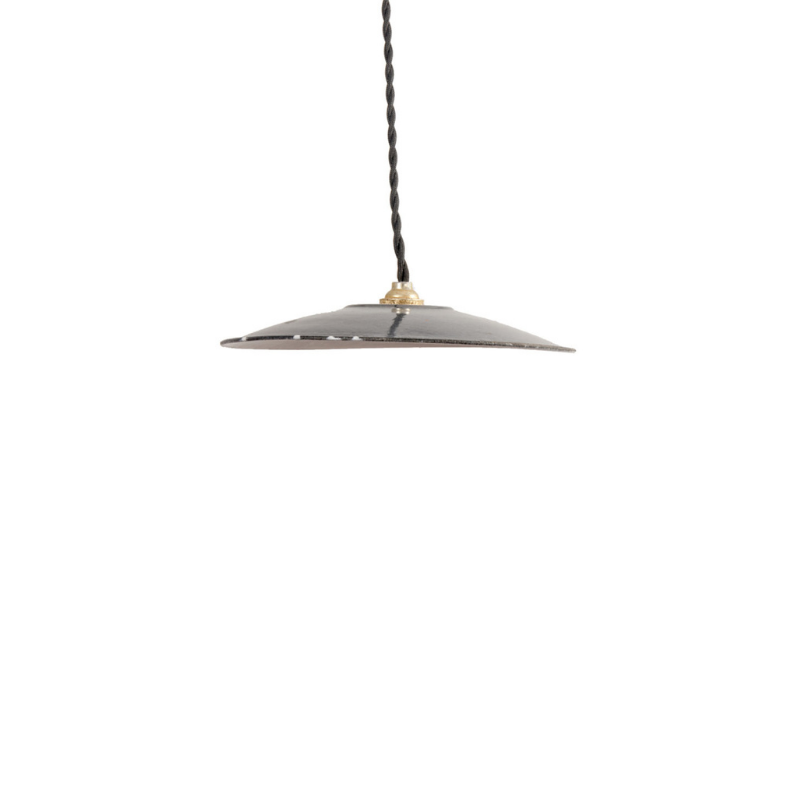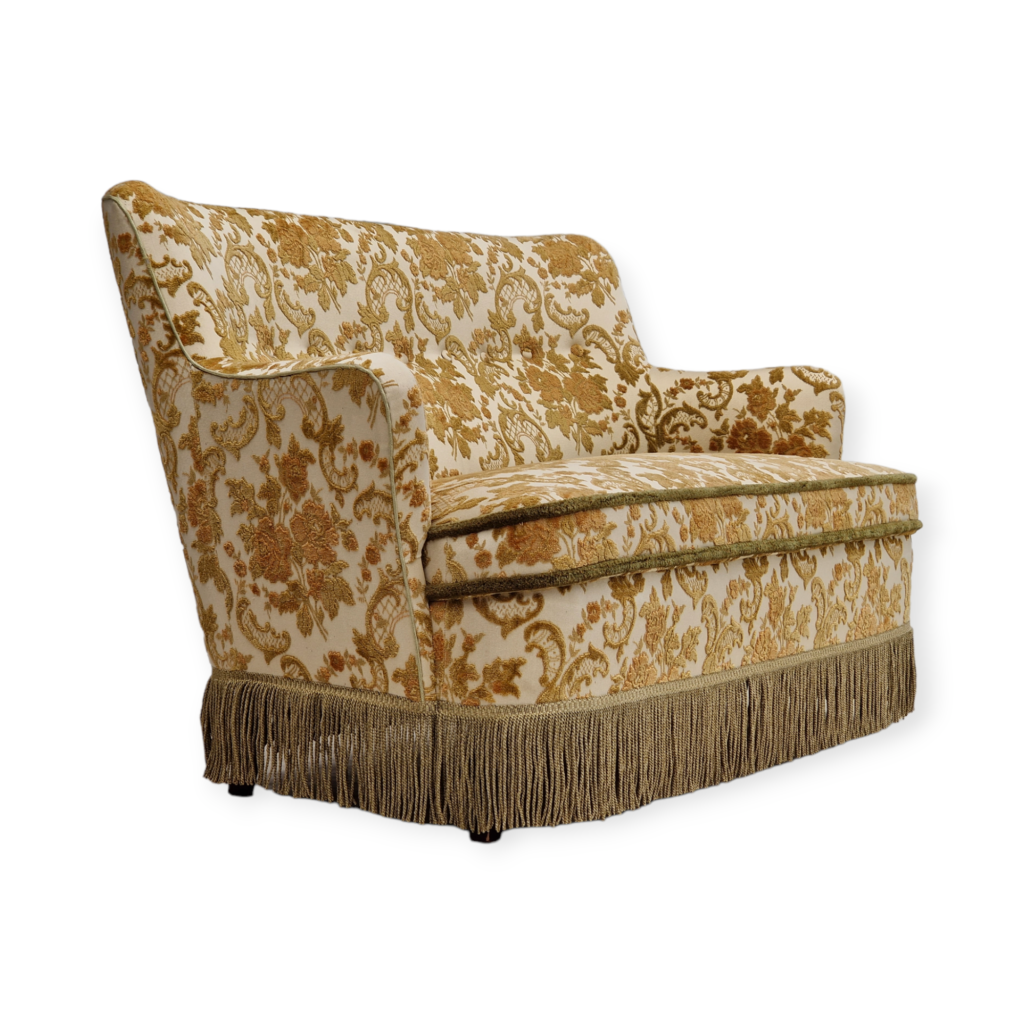Hello everyone - I am totally new to the world of identifying and restoring furniture. I arrived at this interest accidentally. I bought a nice-seeming dining table for $75 to furnish my empty place. Curiosity revealed that it is this table - https://www.1stdibs.com/furniture/tables/dining-room-sets/large-danish-dining-room-set-niels-otto-mller-teak-white-model-77-1950/id-f_11175331/
Then further curiosity led me to your wonderful website where I
not sure about the lamp, but the Gudme table is teak, really weathered teak. I have the exact same table and restored it years ago (one of the first pieces I ever did). It is veneer on the top, the leg structure should be solid teak, or a combination of teak and afromosia. I was only offered in teak and rosewood, I beleive.
That teak is so weathered, it is going to be tough to restore to a smooth surface. You might want to try a number of 0000 steel wool and teak oil applications. I think it will bring the color back, and may help clea out the dark stains in the grain.
Sorry OW, was not trying to contradict you, but it is definitely teak. It is also definitely chip-board under the veneer. I have seen and worked on a lot of teak, even stuff as weathered as this table is, and I completely understand why you would say oak (or even pecan) in this case., but I am quite sure it is teak. If xLA gives it a really good oiling with some 0000 steel wool, I think we will see more of the characteristic teak coloring come out. Plus, I researched this table extensively back about 4 years ago, and remember it only being offered in teak and rosewood.
Teak grain can have that oak-like grain if cut a certain way.
I've had teak in much worse condition come back to life with a single oiling and #0000 steel wool. I think you'll be pleasantly surprised.
I don't think vinegar actually kills mold spores. I've restored moldy dining chairs in the past and what I did was give them a good cleaning with Murphy's oil soap to remove the existing mold, then let them dry thoroughly. I think as long as you keep the wood out of a damp environment, it'll be ok. That means running the A/C in the summer unless you live in an arid area. A few humid days here and there won't jumpstart remaining spores, but weeks on end might. (I used to live in a house with no A/C in the mid-Atlantic US and never had a problem until the end of a very rainy spring and summer---and even then it was just in one area of the house that turned out to have a water problem under the flooring.)
Sunlight is one of the few things that will kill mold spores.
One last thing: dining tables need the most protective teak oil available, so look for one with a healthy varnish content and apply it correctly. I'm not the one to advise you on that but others here definitely can. I just deal with chairs and use a brand that has no varnish in it.
Bleach will kill mold spores, but will also lighten the color of the wood. The underside of my Gudme table had, what appeared to be, an afromosia or luan veneer, not teak. It did look like it may have been stained a darker color, so this may be what you are encountering on the underside of the table. The top on yours is definitely teak though.
To qualify my statement above further, there are a number of mis-attributions online of this table being oak, many of these are teak, that appears really light in the photo (maybe bleached too much during restoration, or the photo is over lit?). I have never seen a marked Gudme example that was anything other than teak or rosewood. Also worth noting is that most of the ones that claim the wood is oak, also claim it is designed by NO M
So, a couple of things here.
1. this is not a Gudme table, it is a Rasmus table according to the label shown. It is a common table design within Danish furniture and was produced by more than one mfg. Can you post a better close up of the label? Gudme used more label variations than most, I have attached a few of the ones that I have documented.
2. you will have no issues lightly sanding-out the dings on the edge-banding. Use 150, then 220 grit paper, or you could probably just use 220. Note, if the table was finished with anything other than oil, you may need to completely sand off that finish from the edgebanding for the oil finish that you are adding to present as an even color.
My Gudme table has wood sliding mechanisms underneath, but I recently redid an unmarked table with the same metal slides as yours seems to have, and exact same form. Are the slides imprinted with "Rosengarden" or something like that?
The Gudme table was not my gateway to Danish furniture, but was my gateway to refinishing Danish furniture.
Yes, bleach will kill a lot of types of mold spores but when they are deeply embedded it might not even reach them. (Plus as you said, Zephyr, it's not so hot for use on wood.) Remove as much as you can manually, remove humid conditions, and fix whatever other conditions (like water coming into house) that are causing dampness. Oh, and grime is an excellent medium for mold, and not just on the tabletop--get the underside where you tend to grab the edge, and clean off the legs and also chair legs every once in awhile. They can get a buildup of body oil and whatever from bare legs and also a dog or cat rubbing against them.
That's all i got on mold, i think.
Rasmus does have a number of pieces that are very similar to Gudme/ and later-Dyrlund, as discussed in this thread:
https://www.designaddict.com/forum/General-discussion/Rasmus-Danish-furni...
Also, as the good doctor points out, this DFC label points towards 1970's production. It would also point towards Rasmus being owned by another company or having roots in another company, since it is not specifically listed as a member of the DFC.
Your table is similar to the one I refinished last summer in all ways, except the edge banding profile. The table I had was rectangular edge banding, but the same in all other respects: slides, cam locks on underside, fastening method for the base to top, construction method of the base, method of a fixing edgebanding. It is a common design, the pedestal table, and was probably made by many producers, although I am pretty sure the one I had was by the same maker as yours. Furthermore, it appears that Rosengaarden produced hinges/slides for a number of different companies, so it certainly helps narrow down potential manufacturers, but doesn't point to single one that I can find in my research.
As for sanding, there are lots of threads on this forum that go into details on the best methods for restoration. I just dont have the time to go into that much detail right now, so you might be best to search the forum. If you are completely new to refinishing, I would recommend just starting with a few applications of Watco Teak oil using 0000 steel wool. Always scrub with the grain, follow the directions on the bottle, and you will not do anything to the table that cannot be easily undone.
One last note, the veneer was really thin in a couple places on the one I refinished. I have done a lot of refinishing of veneer at this point, and this was the first time in years that I burned through it. I caught it early, so it was barely perceptible. If they are from the same maker then it is more likely they share construction and materials, and thus the likelihood of thin veneer. you wont run any risks oiling, but if you decide you need to sand the top at some point...be careful.
I would also advise just oiling first, then decide whether it needs sanding. I recently worked on a couple of teak chairs that I was sure would need sanding but all it too was one oiling. Both had what looked like severely bleach areas but whatever the problem was, it was not very deep. One of them felt like it had slightly raised grain but it turned out to be just dry with some kind of dusty grit settled into the wood, which gave it a rough feel.
Teak darkens a bit with age and when you sand, you remove this thin top layer to expose brighter, lighter wood underneath. Sometimes the difference is still noticeable after oiling, so if sanding is the only thing that will do the job be sure to feather it out well.
Regarding whether or not there's a finish on there other than oil: most Danish teak is just oiled. I've seen some pieces that were lacquered but not a lot. Usually with lacquer you can find an area where it's chipping or at least crazed---usually where the piece gets bumped, like on a corner. Lacquer is a hard finish and won't flex with the wood when the wood is compressed a bit. It also chips or flakes off as opposed to wearing evenly the way varnish does.
Oil with added varnish usually has a higher sheen than just oil, but it will break down when you re-oil with steel wool. Oil finishes can also darken with age and obscure the grain a bit--kind of dulling it. I've oiled many pieces that didn't look all that bad but after oiling the grain had way more depth and life. It's always fun to see the transformation.
Thanks, Zephyr and spanky, for the great guidance. I will plan to do the teak oil/steel wool treatment (after practicing on the bottom of the table) before I try any sanding. No need to provide detailed sanding guidance, Zephyr - I have tried to read as much as I could, and I was primarily confused about whether I could determine if there was a hard finish on the table without sanding. I don
If you need any help, please contact us at – info@designaddict.com









